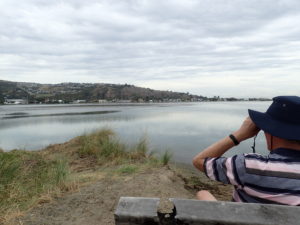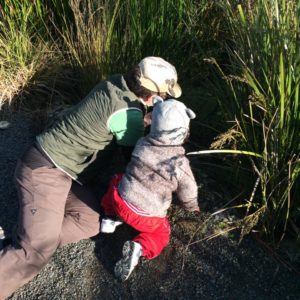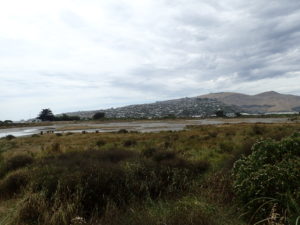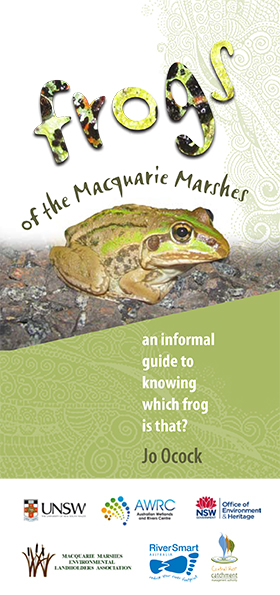(Or, how I got over it and started appreciating Christchurch wildlife.)
As my parents will attest, I’ve always been into animals and the outdoors. But young-me was only interested in animals that were from exotic, faraway places like the African plains or South American jungles, definitely not suburban Christchurch and the flat, pasture-ised Canterbury Plains. But it seems I’ve changed and when I go back to the South Island, I now find myself being a happy wildlife-tourist in my own (former) backyard. Turns out Christchurch is home to some nifty critters and good places to go look for them.
New Zealand wildlife is rather special, but when I was growing up around Christchurch they weren’t exactly plentiful and I really wasn’t interested – I liked big cats, not cryptic birds or subtle skinks. And if I did want to see a native species, then surely I had to go up to the national parks because Christchurch had no ‘wilderness’ and that is where the exciting things are.

Turns out that is not true, and I just needed an attitude adjustment. I think this adjustment began when I was working for the Freshwater Ecology Research Group in the mid-2000s, identifying freshwater invertebrates. I now knew the names for different animals (yes, invertebrates are animals) and going for a walk wasn’t just about getting somewhere or admiring a view, it was about looking in streams and lifting up rocks to see what was living under them. It was about seeing things I knew the name of and using guide-books to identify those I didn’t. I could see them and I could identify, therefore I cared. Maybe it was as simple as that.
And now it’s not just stream-bugs I want to know about. I’ve become a bird-botherer too, probably helped by the binoculars I recently bought. So, while on a walk with my dad, the birds around the Christchurch estuary suddenly become not just “gulls, shags* and ducks”, but red-billed gulls, black-billed gulls (occasionally), pied shags, black shags, New Zealand scaup, New Zealand shovellers, and even some bar-tailed godwits materialising out of the sand.

Now we’re not just out for a walk, we’re walking to look for birds. And then Christchurch becomes an interesting place. Turns out there are a few pockets of remaining, regenerating or restored wetlands and native bush in the old home-town, and there are cool things living there. And I want to go see them.
The Canterbury Plains were systematically and efficiently cleared during the 19th century, and today less than 1% of the land still supports native vegetation. Wetlands, rivers and estuaries were particularly impacted, and only small fragments remain. But what is left deserves valuing, and while I may be a bit late in my appreciation for my (formerly) local animals and wilderness, I’m trying to make the most of it.
* aka ‘cormorants’ in Australia
Some Jo-recommended places to visit, with a Dad-star rating on accessibility:
- Travis Wetland still exists due to determined local residents who campaigned to save it from housing development, and is the last large wetland in Christchurch. Dad says: “4+ stars, a nice flat circular walking track with information boards and different entry points.”
- Coastal wetland and estuaries are great for spotting native and migratory shorebirds, so take binoculars and check out Brooklands Lagoon, Charlesworth Tidal Wetlands walk, and the Southshore Spit. Dad says, “3 stars, track a little rough; 4 stars, very good path; 4 stars as while the path is a bit rough, you don’t have to walk far before you see many birds.”
- Hinewai is a large private reserve at the tip of Banks Peninsula about two hours drive from Christchurch, but worth the travel with wonderful old growth bush areas and vast swathes of regenerating native forest. Dad says, “2 stars for accessibility as the walking is a bit more adventurous and slopey, but definitely a rewarding place to visit, so 5 stars for scenic-ness.”
- Omahu Bush Reserve is closer to town and is one of the best areas of native bushland on the Port Hills. It is still relatively intact after the fires in 2017. Dad says, “Have I been here? I have? Oh right, well then 3 stars based on what you say.”




